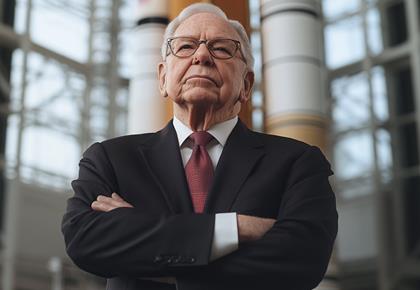The economics of the free games industry hinge on attracting a broad audience and finding innovative ways to monetize engaged players. By offering a compelling, constantly evolving game experience, companies like Epic Games and Riot Games have turned the free-to-play model into a profitable venture.
This approach demonstrates that with the right strategies, giving away your product can lead to substantial economic success.
The Appeal of Free Games
Free ganes attract a vast audience by removing the price barrier, which is especially effective in the highly competitive entertainment market.Once they've captured players' attention, these companies employ various strategies to generate revenue. These include in-game purchases, such as cosmetics or time-saving features, advertising, and premium memberships. The idea is to offer the game for free to get players hooked, then monetize those who are willing and able to spend.
Epic Games A shining example of this strategy in action is the success story of Fortnite by Epic Games. Launched in 2017, Fortnite quickly ascended to the top of the gaming world, amassing millions of players worldwide.
Despite being free-to-play, Epic Games has generated billions in revenue through the sale of in-game items like skins, emotes, and the Battle Pass, a seasonal subscription that rewards players with exclusive content as they play.
This model not only keeps players engaged but also encourages continuous spending, showcasing a highly effective application of the free-to-play economic model.
Building a Sustainable Model
The question of sustainability often comes up when discussing the free games industry. How do companies ensure long-term success without upfront sales?The key lies in continuously engaging their player base and innovating their revenue generation methods. Companies focus on creating a compelling game experience that encourages players to keep coming back.
Regular updates, new content, and engaging community events play a crucial role in this. By analyzing player behavior, companies can tailor their in-game offerings to encourage purchases without detracting from the gameplay experience. This delicate balance between monetization and player satisfaction is critical for the sustainability of the free-to-play model.
Riot Games
Riot Games, the developer behind League of Legends, exemplifies this sustainable approach. Since its release in 2009, League of Legends has remained one of the most popular games globally, thanks to constant updates, new character releases, and extensive involvement in esports.
Riot has mastered the art of keeping the game fresh and engaging for both new and returning players. Their monetization comes primarily through the sale of skins and characters, avoiding pay-to-win mechanics that could alienate the player base.
This strategy has not only sustained their game over the years but has also helped it grow, proving that free games can indeed be economically viable in the long run.

Early revenue is a liar. It tricks you into overspending, overhiring, and overestimating your success.
Learn why startups crumble in Year 2 — and how to stay alive.

What if the secret to scaling your startup isn’t about raising more funding, but unlocking the hidden goldmine already in your business? Uncover the hidden revenue streams hiding in plain sight.

Wonder how Trump’s takeover talk might unravel the Canal’s lucrative income stream? Brace yourself for potential ripples hitting everything from fuel prices to supermarket shelves

Steal like an entrepreneur (ethically)! Why reinvent the wheel when you can improve it? This approach saves you time, money, and countless headaches while keeping you ahead in the game.

Competing against businesses with larger budgets can feel like a David-and-Goliath battle. But the key to success isn’t about matching their spending — it’s about outthinking them.

Discover HEICO: The hidden aerospace jewel in Buffett's multi-billion-dollar portfolio!

